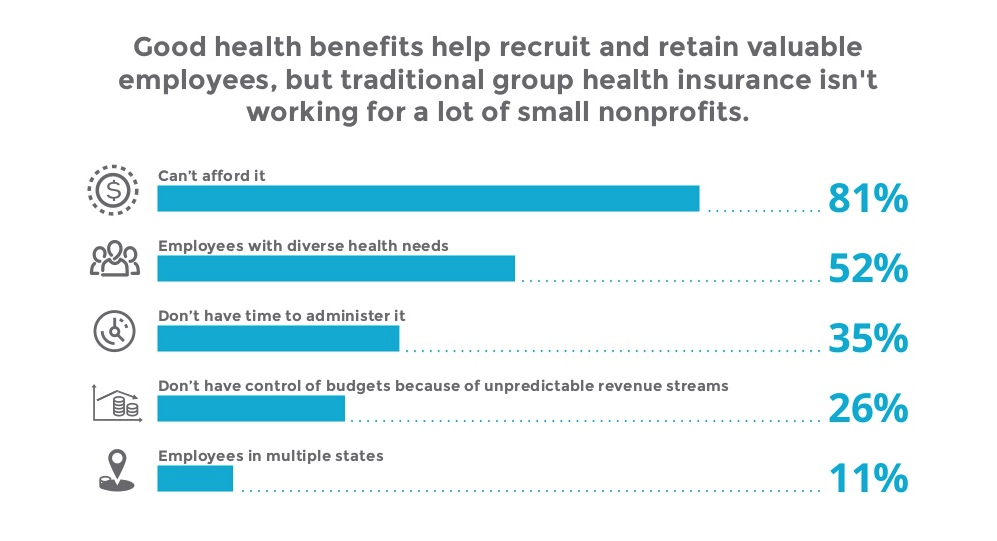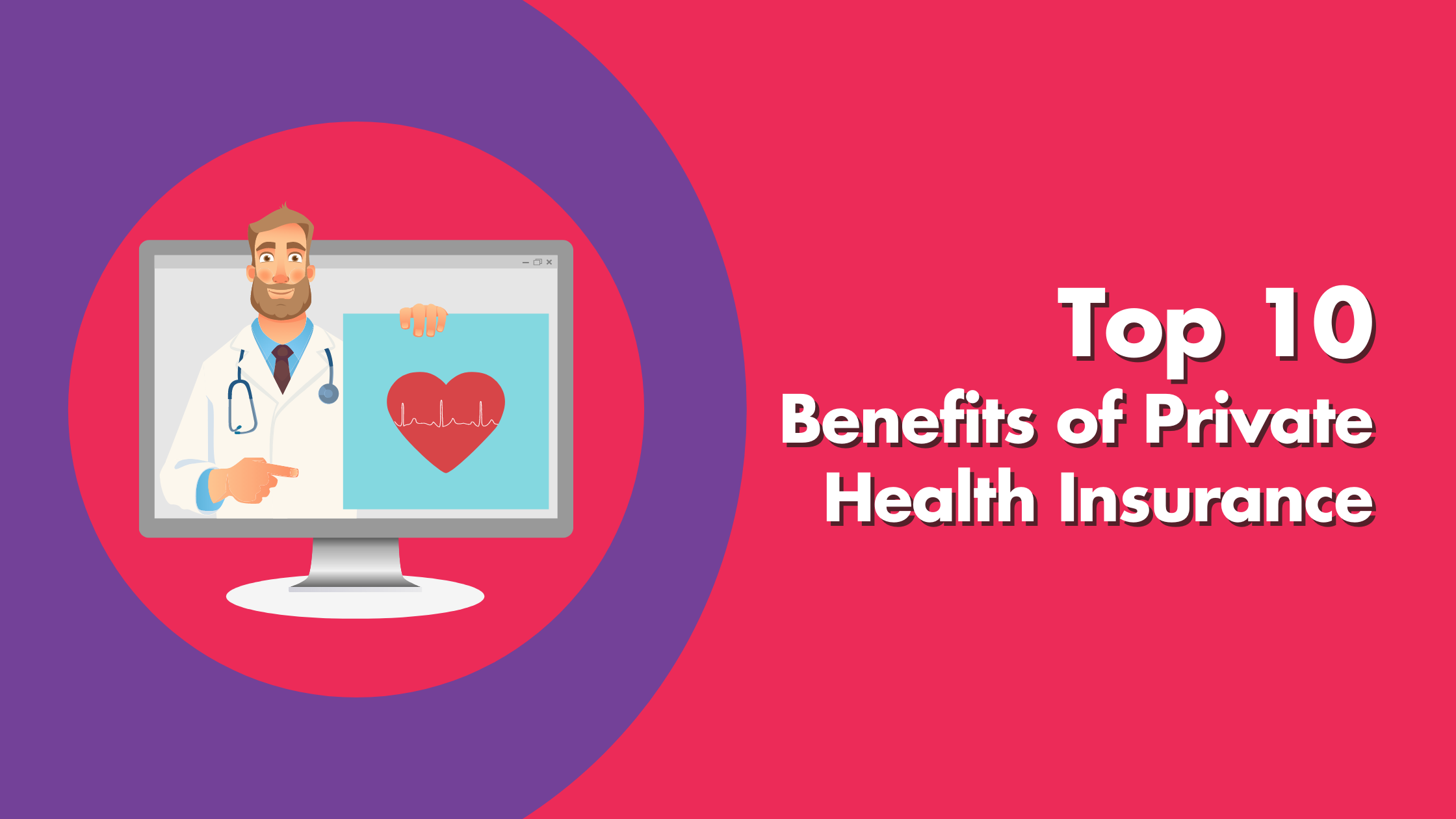The 6-Second Trick For Medicare Advantage Agent
The 6-Second Trick For Medicare Advantage Agent
Blog Article
Little Known Facts About Medicare Advantage Agent.
Table of ContentsNot known Facts About Medicare Advantage AgentIndicators on Medicare Advantage Agent You Should KnowExamine This Report on Medicare Advantage Agent

follows from perplexing the fairly young age profile of the without insurance with the much better wellness, on average, of younger individuals. This covers the web link in between health standing and health insurance policy. For those without access to office health insurance policy, poor wellness is a possible barrier to acquiring nongroup protection since such coverage may be very priced, leave out pre-existing problems, or be simply not available. The variety of without insurance Americans is not especially huge and has actually not changed in recent times. Seven out of 10 respondents in a nationally depictive survey assumed that fewer Americans lacked medical insurance than really do(Fronstin, 1998). About fifty percent(47 percent )thought that the variety of people without medical insurance reduced or continued to be consistent over the latter half of the last decade(Blendon et al., 1999). This decrease of virtually 2 million in the number of people 'without insurance (a reduction
of about 4 percent)is definitely a favorable adjustment. With a softer economic situation in 2000 the most up to date reported gains in insurance coverage may not proceed(Fronstin, 2001 ). The decline in the number of without insurance will certainly not proceed if the economic situation remains slow and healthcare expenses remain to outmatch inflation. This is because the data were collected for a period of solid financial efficiency. Of the approximated 42 million people that were uninsured, just about regarding 420,000(about 1 percent)were under 65 years of age, the age at which most Americans end up being eligible for Medicare; 32 million were grownups between ages 18 and 65, around 19 percent of all adults in this age; and 10 million were youngsters under 18 years old, regarding 13.9 percent of all kids (Mills, 2000). These estimates of the number of persons without insurance are produced from the annual March Supplement to the Current Population Study (CPS), carried out by the Census Bureau. Unless otherwise kept in mind, nationwide quotes of people without medical insurance and proportions of the population with various type of protection are based on the CPS, one of the most widely used resource of quotes of insurance policy coverage and uninsurance prices. These studies and the quotes they yield are described briefly in Table B. 1 in Appendix B - Medicare Advantage Agent. These studies differ in size and sampling methods, the questions that are asked about insurance policy
An Unbiased View of Medicare Advantage Agent
insurance coverage, and the moment period over which insurance policy coverage or uninsurance is determined(Lewis et al., 1998, Fronstin, 2000a ). Still, the CPS is especially helpful due to the fact that it creates yearly estimates relatively quickly, reporting the previous year's insurance protection estimates each September, and due to the fact that it is the basis for a regular set of price quotes for more than twenty years, permitting analysis of patterns in insurance coverage over time.

All about Medicare Advantage Agent
Over a three-year duration starting early in 1993, 72 million people, 29 percent of the united state population, were without coverage for at the very least one month. Within a single year(1994), 53 million individuals experienced at least a month without coverage(Bennefield, 1998a). Six out of every 10 without insurance adults are themselves used. Although working does improve the likelihood that a person and one's relative will certainly have insurance, it is not an assurance. Even participants of family members with two full time wage earners have nearly a one-in-ten opportunity of being without insurance (9.1 percent uninsured price)(Hoffman and Pohl, moved here 2000 ). The partnership between medical insurance and accessibility to care is well developed, as documented later in this chapter. Although the partnership between medical insurance and health results is neither straight neither simple, a comprehensive professional and health services research literary works web links wellness insurance policy coverage
to better accessibility to care, far better top quality, and enhanced personal website link and population health and wellness standing. For instance, the second report, on individual health end results for without insurance adults, is represented by the innermost circle of the number, while the 3rd report, on household well-being, encompasses the topics of the second report yet highlights a different unit of analysis, particularly, the family. The 6th record in the series will certainly provide details concerning approaches and campaigns embarked on locally, statewide, or nationally to address the absence of insurance coverage and its damaging influences. Levels of evaluation for taking a look at the impacts of uninsurance. This conversation of medical insurance coverage concentrates primarily on the united state population under age 65 due to the fact that practically all Americans 65 and older have Medicare or various other public protection.
It focuses specifically on those without any wellness insurance policy for any kind of size of time. The troubles faced by the underinsured are in some respects similar to those encountered by the without insurance, although they are generally much less extreme. Uninsurance and underinsurance, however, involve distinctly different policy issues, and the strategies for resolving them might vary. Throughout this research and the 5 records to adhere to, the major emphasis gets on individuals without any health and wellness insurance and thus no aid in paying for healthcare beyond what is offered via charity and safety and security web organizations. Medical insurance is article source a powerful factor impacting invoice of care due to the fact that both people and physicians react to the out-of-pocket cost of services. Health insurance, nonetheless, is neither essential neither adequate to get to clinical services. The independent and straight effect of wellness
insurance insurance policy on access accessibility health wellness solutions well established. Others will certainly obtain the wellness treatment they require even without medical insurance, by paying for it expense or seeking it from companies who supply care cost-free or at extremely subsidized prices. For still others, medical insurance alone does not guarantee invoice of care due to the fact that of other nonfinancial barriers, such as an absence of healthcare providers in their neighborhood, limited access to transport, illiteracy, or linguistic and social distinctions. Formal study about uninsured populations in the USA dates to the late 1920s and early 1930s when the Committee on the Expense of Treatment produced a collection of records regarding financing physician office visits and hospital stays. This concern became salient as the varieties of medically indigent climbed throughout the Great Clinical depression. Empirical studies regularly support the web link between access to care and enhanced health and wellness outcomes(Bindman et al., 1995; Starfield, 1995 ). Having a routine source of care can be taken into consideration a predictor of access, rather than a direct action of it, when health outcomes are themselves used as access indications. This extension of the notion of accessibility measurement was made by the IOM Committee on Monitoring Gain Access To to Personal Healthcare Provider(Millman, 1993, p. Whether parents are guaranteed shows up to impact whether or not their children receive treatment in addition to exactly how much careeven if the kids themselves have protection(Hanson, 1998). The health of parents can impact their capability to take care of their youngsters and the degree of household anxiety. Fretting about their youngsters's access to care is itself a source of stress for parents. 3 phases comply with in this report. Chapter 2 provides a review of just how employment-based medical insurance, public programs and private insurance policies operate and connect to supply substantial however incomplete insurance coverage of the U.S. population. This includes a testimonial of historical trends and public plans impacting both public and personal insurance coverage, a discussion of the communications among the various kinds of insurance, and an exam of why people move from one program to another or wind up

Report this page